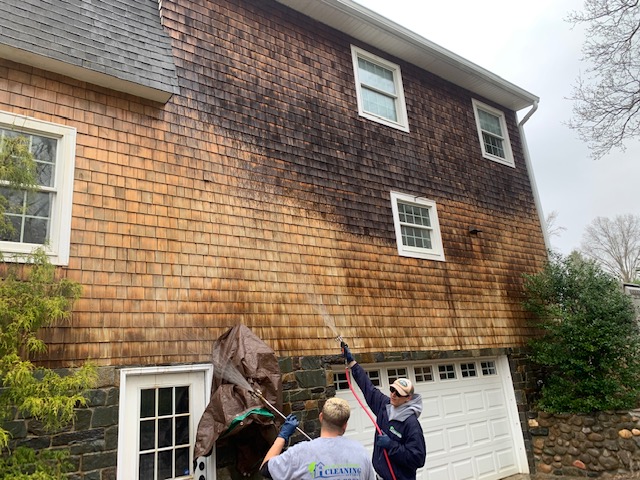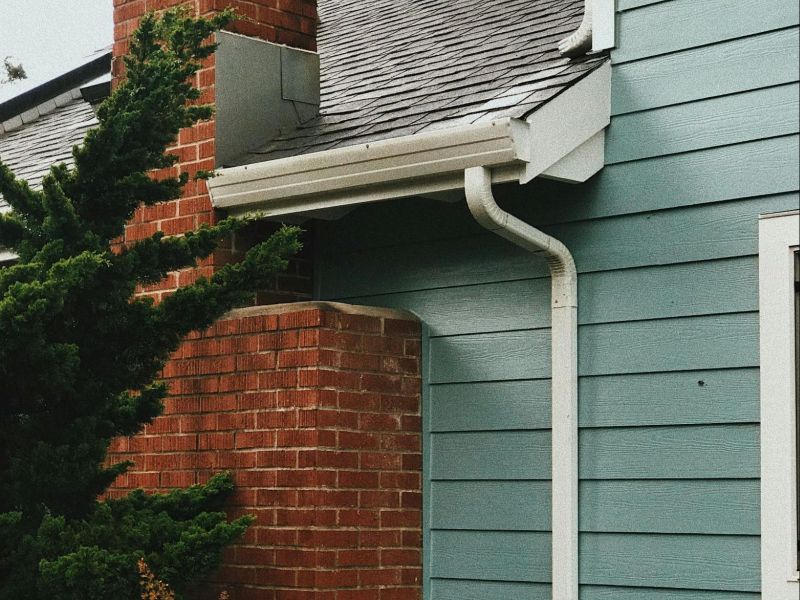Pressure washing has been a key part of home maintenance for decades. However, there are more types of pressure washing than some might realize at first. Soft washing has become a popular and effective exterior cleaning solution. Understanding soft washing and why it’s used will help you choose the right cleaning solution for your home or business. This method of exterior cleaning uses low pressure and specific detergents to clean and brighten surfaces. The tecnique is useful in a number of applications.
The lower pressure of soft washing means that it won’t carry the same risks of scarring wood or damaging softer materials. As such, it’s a perfect type of pressure washing for things like:
- Cleaning Siding
- Cleaning Roofing
- Cleaning furniture
- Cleaning windows
- Cleaning cedar shakes
Understanding Soft Washing Deals With Differences In Water Pressure
In short, any time that a home cleaning project needs pressure, but not so much that the surface could be damaged, soft washing is a good option. And since the detergent is cycled through the washer and out the nozzle, it adds an extra level of cleanliness to the process. If additional cleaning power is needed, the use of a scrub brush is an option that can be used as well. Understanding soft washing mostly deals with the differences in water pressure on delicate surfaces.
One of the best uses for soft washing is on roofs. Roofs must stand up to a tremendous amount of elemental damage. Rain, wind, hail, and the sun can lead to a significant buildup of dirt, mold, moss, debris, and more. Removing the filth is important for protecting your home’s roof, but it’s not always a good fit for pressure washing. The reason is that the higher pressure can damage roof shingles, flashing, caulk, and more.
But with soft washing techniques, you are able to remove all dirt and debris without having to worry about damaging roofing materials. You get a cleaner roof without the risk of damage that can lead to leaks.
However, understading soft washing is still a skill that deserves close attention and a professional’s touch. Knowing how to properly use the pressure washer as well as the steps needed to stay safe on the roof will be key to getting the best results. As such, turning to the pros is always in your best interests.
The bottom line to understanding soft washing is simple – even though some situations may not seem like they are a good opportunity for pressure washing, soft washing makes it much easier to get clean surfaces without the risk of property damage. It’s worth taking a closer look at for any homeowner. We hope reading about the basics of soft washing will help you make the best maintenance decisions for your home or business. Contact Preferred Choice Cleaning for top-rated soft washing services on Long Island. Read our reviews on Google.






